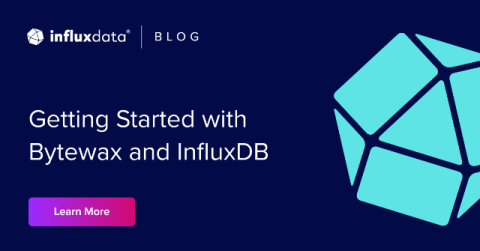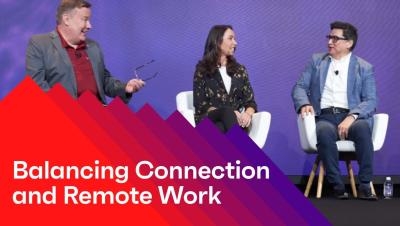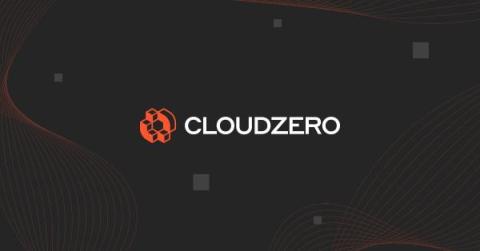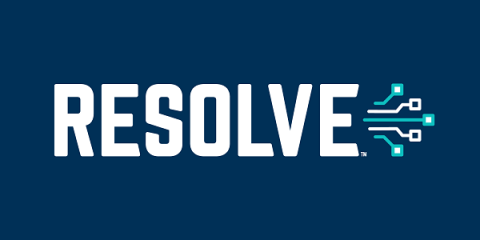Getting Started with Bytewax and InfluxDB
In this tutorial, we’ll explore how Bytewax can seamlessly integrate with InfluxDB to tackle a common challenge: downsampling. Whether you’re dealing with IoT data, DevOps monitoring, or any time series metrics, downsampling (or materialized views) is your key to managing your time series data for long-term storage without losing essential trends. Bytewax is an open source Python framework for building highly scalable dataflows to process any data stream.











